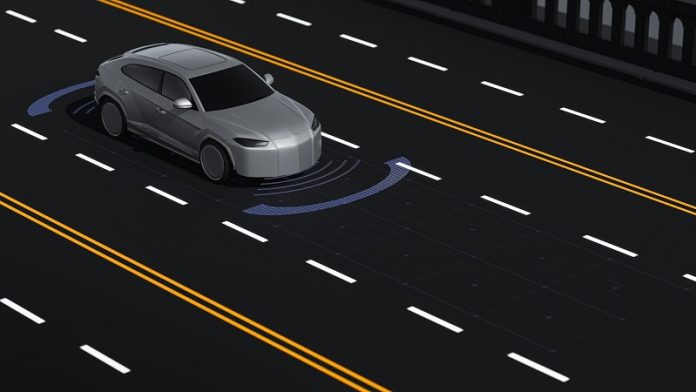
Self-driving cars are getting closer to thinking like real human drivers, thanks to a breakthrough by engineers at the Hong Kong University of Science and Technology (HKUST).
A new system they developed helps autonomous vehicles (AVs) make smarter, safer decisions in complex traffic situations—just like a careful human driver would.
This new technology, called a cognitive encoding framework, allows AVs to better understand and respond to everything happening around them.
It improves safety for everyone on the road, reducing overall traffic risk by over 26% and cutting the danger to vulnerable people like pedestrians and cyclists by more than half.
Even the cars themselves are safer, with an 8% drop in risk.
Until now, most AVs could only evaluate risk one interaction at a time—for example, between the car and a pedestrian or the car and another vehicle.
But real-life driving is more complicated. A skilled human driver knows how to balance the safety of different road users.
For example, they may choose to slow down to protect a pedestrian, even if it means coming closer to another car. This human ability to consider multiple people at once is known as “social sensitivity.”
Led by Professor Yang Hai, a team of engineers and scientists built this human-like thinking into AVs.
Inspired by how the human brain works, they created a system that helps AVs assess individual risk, prioritize safety for the most vulnerable, and predict how their actions will affect others.
For example, the car might predict that suddenly changing lanes could cause another driver to brake hard, and avoid doing it.
The researchers tested this technology in 2,000 traffic simulations. Not only did it improve safety, but it also made driving more efficient. Cars using the system finished their routes nearly 14% faster. This shows that being ethical on the road doesn’t mean driving more slowly—it can actually improve performance.
The system is also flexible. It can be adjusted based on local driving rules and cultural expectations.
For example, in some places, laws and customs give more protection to pedestrians, while others prioritize keeping traffic moving. The new system can be adapted to fit these differences, making it easier to use worldwide.
This work was done in collaboration with several top universities in China and the U.S., including Tsinghua University and the University of Washington. The next step is to build a large database of driving behavior from different countries to make the system even smarter and more adaptable.
With this innovation, self-driving cars are one big step closer to driving like thoughtful, responsible humans.



